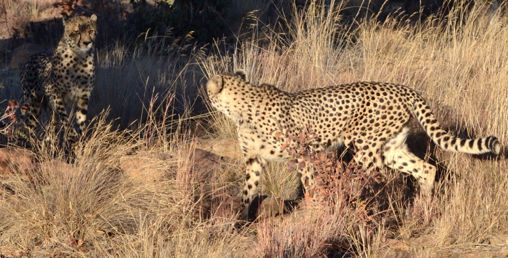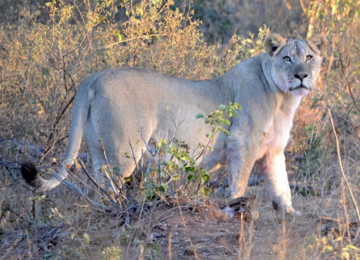Every morning I wake up with deep gratitude for the blessings in my life.
In the past ten days, for example, I had the extreme honor of working with entrepreneurs in South Africa who are seeking to deliver branded customer experiences that will give their businesses a competitive advantage.
Across three days of presentations, I was fortunate to work with hundreds of visionary leaders in and around Johannesburg who possess both a passion for human service and a commitment to lifelong learning. Despite my odd American accent, we forged deep emotional connections, and each day that we spent together ended with participants sharing their love by kindly rising to their feet in appreciation for the information shared. If that isn’t more than any human should be allowed to experience, I also spent time on a photo safari in the African bush hosted by a private big game reserve.
Future posts will invariably share lessons I learned from South African entrepreneurs, but I hope you will indulge me as I take this moment to share insights gained from my animal ranger and guide Silas.
For over 23 years Silas has worked on the reserve I was lucky enough to visit. Through those experiences, Silas has garnered great wisdom, empathy, and perspective which have application far beyond the African bush and assuredly relate to the heart of customer experience efforts. Here are a few of the lessons I learned from Silas (depicted below in a moment where you can almost sense his connection to the reserve’s wildlife – in this case, a scavenging jackal).

Think Service Ecosystem
Silas fully appreciated the delicate nature of the reserve’s ecosystem. He understands this ecosystem in the context of the animal food chain but also considers how his actions affect the animals and how he affects his guests.
Silas seeks to balance the wants, needs, and desires of all life forms he affects (e.g., plant, animal, and human).
For example, we saw two male cheetahs moving in the brush and about a mile later happened upon a recent impala kill secured by a female cheetah in conjunction with her four cubs. Silas positioned his vehicle so we had a perfect view of the mother cheetah and her offspring, but he was also cognizant that the vehicle would need to give the mother cheetah and her cubs the opportunity to make a rapid escape when the male cheetahs found their way to the kill.

How often do we fail to think about all stakeholders in our customer experience ecosystem? Where do we place unreasonably burden on either team members in the service of customers or make customers endure unnecessary effort to accommodate our legacy policies or processes?
Study the thoughts, feelings, needs, and sensory elements for those you serve.
Silas “thinks like” the animals he helps guests experience.
A typical conversation with Silas involves his awareness of which way the wind is blowing and how animals will likely pick-up the scent of predators on the wind. He considers the way animal’s experience sunlight, temperature, and the moisture available in the roots of plants.
That knowledge allows Silas to “seemingly magically” have animals like a lioness emerge from long grass or brush directly in front of his vehicle.

The art of customer experience design is very similar to Silas’ craft, and it requires “thinking like” those we are called to serve.
It means understanding what customers think, feel, see, smell, touch, and do. It means anticipating the stated and unstated needs of customers so our emotionally engaging service experiences “seemingly magically” appear.
Adopt a service mindset.
Invariably Silas’ job has to be a difficult one.
He is away from his family three weeks at a time while guiding others in the bush. He then returns to his home for one week per month. He is up before dawn preparing his vehicle and beverages/food items needed for an approximately 3-hour sunrise drive. He then repeats that process for a multi-hour sunset drive.
In between, Silas is picking-up other guests and offering support to his team members as they prepare meals and take care of other service needs. In every instant, Silas exuded joy in “being of service.” He delighted in delighting those he served. He even expressed verbal gratitude to the animals who crossed our path.
Some people “do service” while others, like Silas, choose to serve through an attitude of care for others.
I came away from the African bush with a deep respect for the natural order and for people like Silas who seek to understand the needs of all living beings they serve.
I would love to talk to you about the service ecosystems in which you operate. Simply reach out to me, and we’ll explore what your stakeholders think, feel, see, hear, and do.

Joseph A. Michelli, Ph.D. is a professional speaker and chief experience officer at The Michelli Experience. A New York Times #1 bestselling author, Dr. Michelli and his team consult with some of the world’s best customer experience companies.
Follow on Twitter: @josephmichelli



